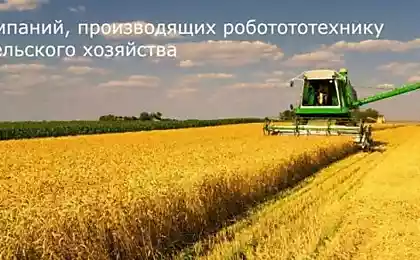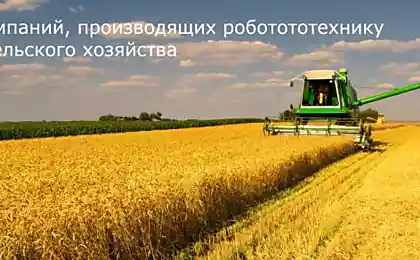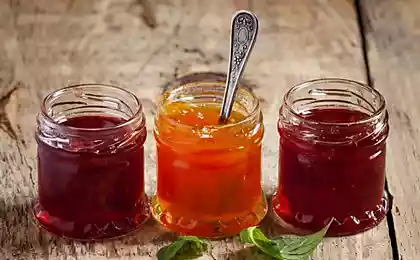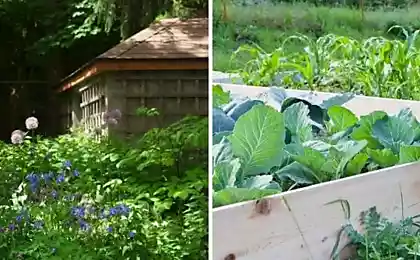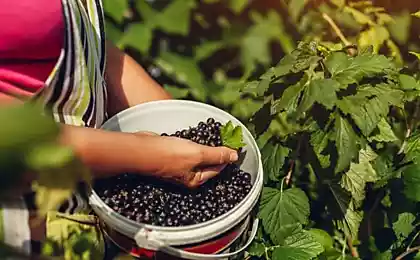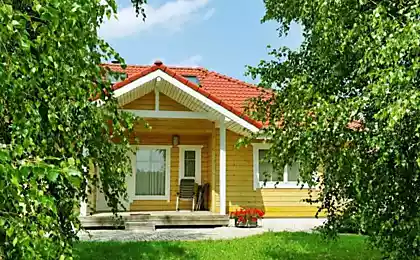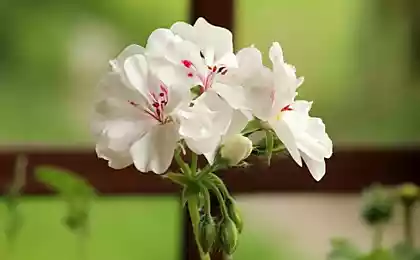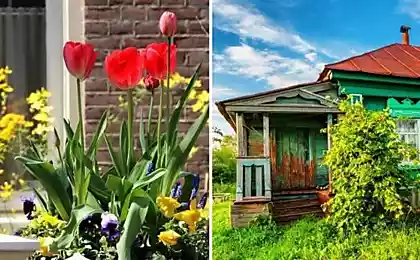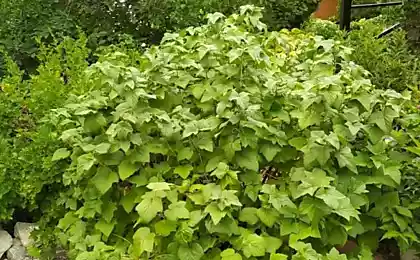160
Why feed currant after harvest
Currant is a useful berry, which, in addition to the wonderful sweet with sour taste, has a long list of valuable properties. And having collected a generous harvest of fragrant berries this year, we all want to get no less next year. And that is why it is so important to care for currants after harvest.

Pruning, watering, loosening the soil, feeding, protection from diseases and pests ... Performed in July-August, all these measures will not only preserve the health of plants, but also become the key to their abundant fruiting in the future.
Pruning of currants of all types is recommended in late autumn after the fall of the leaves or in early spring before the buds bloom. But more important is the autumn pruning.
This is due to the fact that after fruiting, currant bushes are often exhausted and strongly thickened. The upper shoots of plants can be affected by diseases and pests. After all, gardeners try not to treat bushes with ripening berries with chemical preparations.

Therefore, all young shoots need to be shortened by 10-20 cm. With a garden cutter or saw, you need to cut off old, giving small berries, sick, damaged and touching the ground branches.
Healthy currant leaves from cut branches can be used in the preparation of home preservation and marinades. Many housewives add them as a spice when pickling cucumbers, tomatoes, mushrooms and cabbage.
Treatment of currants from diseases and pests After harvesting between rows and bushes themselves should be treated with Bordeaux liquid using a sprayer. For its preparation, dilute in 10 liters of water 100 grams of lime and 100 grams of copper sulfur until completely dissolved.

This will destroy or neutralize the causative agents of fungal infections. In autumn, nothing prevents the destruction of pests.

Those who are fundamentally against chemistry can use biologics Bitoxibacillin and Phytowerm to control pests. Particular attention should be paid to the timely collection and disposal of dried branches and fallen foliage (it is best to burn them).
Annual care of currants after harvest includes digging the trunk. It is performed by shallow digging into a third of the spade bayonet with the flipping of the surface ground layer.
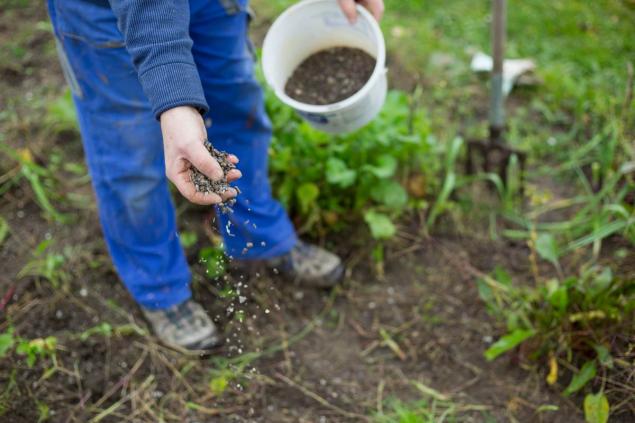
The shovel should be held rib to the bush and parallel to the roots. Excavated and inverted layers of earth are not broken so that they help to keep moisture in the ground in the spring.
Alternatively, you can mulch within a radius of up to half a meter from the bush with peat or sawdust with ash sieved through a sieve. This will also keep the soil near the bush loose and moist.
After harvesting, under the bushes you need to make 5-6 kg of organic fertilizer (chicken droppings, compost, mullet).

A mixture of potassium sulfate, superphosphate (a tablespoon of each) works well, plus a glass of wood ash, all this on a bucket of water. Three liters per bush will be enough.

By the way, nitrogen fertilizers in the autumn are undesirable. Otherwise, you can provoke the appearance of young shoots that will weaken the bushes and definitely die during frost.
An alternative to the constant application of fertilizers can be planting between the bushes of plants-siderates (peas, rapeseed, lupin are suitable). These green assistants improve the soil structure, enrich it with nitrogen, humus and phosphorus, inhibit the growth of weeds.
Caring for currants after harvest is quite easy. But after performing all the described procedures at least several times in a row, you will get a much more abundant harvest, and even the berry will become larger, tastier.

Pruning, watering, loosening the soil, feeding, protection from diseases and pests ... Performed in July-August, all these measures will not only preserve the health of plants, but also become the key to their abundant fruiting in the future.
Pruning of currants of all types is recommended in late autumn after the fall of the leaves or in early spring before the buds bloom. But more important is the autumn pruning.
This is due to the fact that after fruiting, currant bushes are often exhausted and strongly thickened. The upper shoots of plants can be affected by diseases and pests. After all, gardeners try not to treat bushes with ripening berries with chemical preparations.

Therefore, all young shoots need to be shortened by 10-20 cm. With a garden cutter or saw, you need to cut off old, giving small berries, sick, damaged and touching the ground branches.
Healthy currant leaves from cut branches can be used in the preparation of home preservation and marinades. Many housewives add them as a spice when pickling cucumbers, tomatoes, mushrooms and cabbage.
Treatment of currants from diseases and pests After harvesting between rows and bushes themselves should be treated with Bordeaux liquid using a sprayer. For its preparation, dilute in 10 liters of water 100 grams of lime and 100 grams of copper sulfur until completely dissolved.

This will destroy or neutralize the causative agents of fungal infections. In autumn, nothing prevents the destruction of pests.

Those who are fundamentally against chemistry can use biologics Bitoxibacillin and Phytowerm to control pests. Particular attention should be paid to the timely collection and disposal of dried branches and fallen foliage (it is best to burn them).
Annual care of currants after harvest includes digging the trunk. It is performed by shallow digging into a third of the spade bayonet with the flipping of the surface ground layer.

The shovel should be held rib to the bush and parallel to the roots. Excavated and inverted layers of earth are not broken so that they help to keep moisture in the ground in the spring.
Alternatively, you can mulch within a radius of up to half a meter from the bush with peat or sawdust with ash sieved through a sieve. This will also keep the soil near the bush loose and moist.
After harvesting, under the bushes you need to make 5-6 kg of organic fertilizer (chicken droppings, compost, mullet).

A mixture of potassium sulfate, superphosphate (a tablespoon of each) works well, plus a glass of wood ash, all this on a bucket of water. Three liters per bush will be enough.

By the way, nitrogen fertilizers in the autumn are undesirable. Otherwise, you can provoke the appearance of young shoots that will weaken the bushes and definitely die during frost.
An alternative to the constant application of fertilizers can be planting between the bushes of plants-siderates (peas, rapeseed, lupin are suitable). These green assistants improve the soil structure, enrich it with nitrogen, humus and phosphorus, inhibit the growth of weeds.
Caring for currants after harvest is quite easy. But after performing all the described procedures at least several times in a row, you will get a much more abundant harvest, and even the berry will become larger, tastier.
Why don’t I buy my kids an apartment?
What the last month of summer has prepared for all the signs of the zodiac



